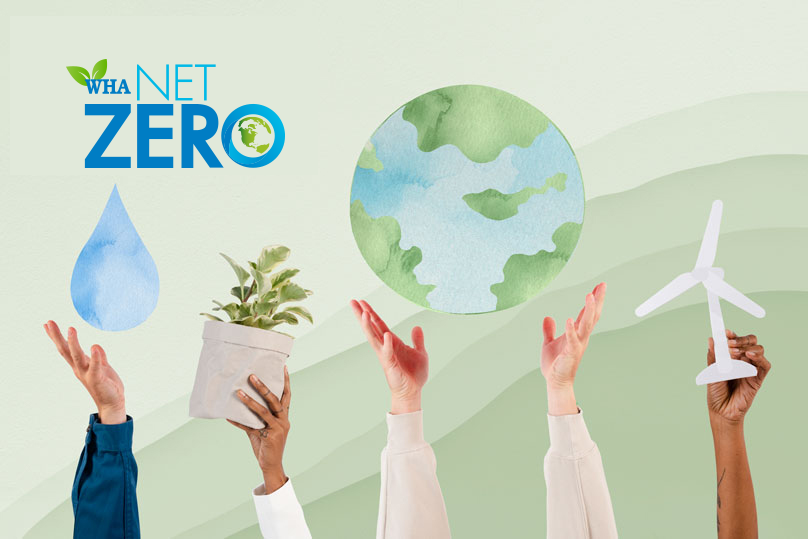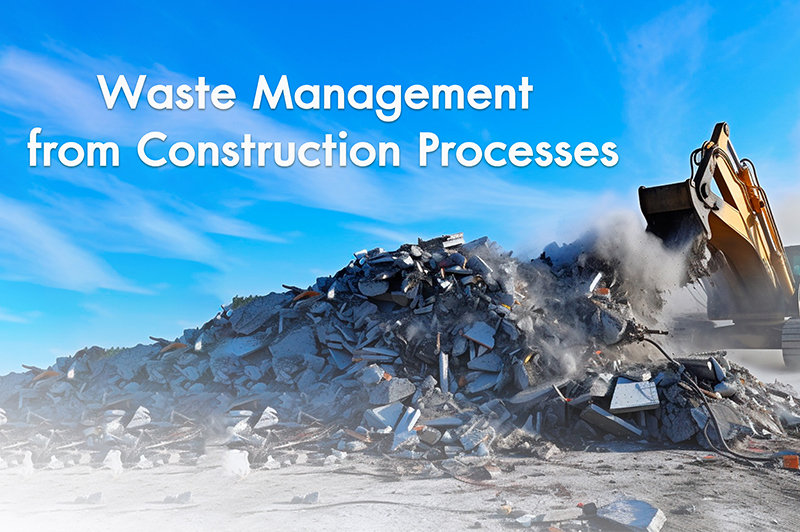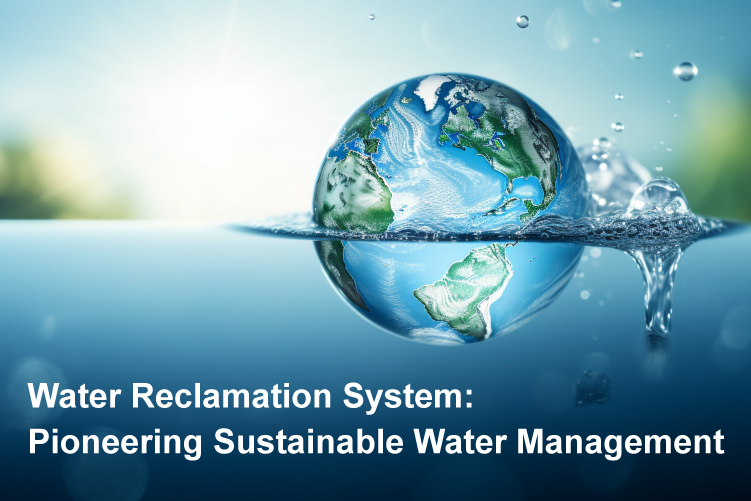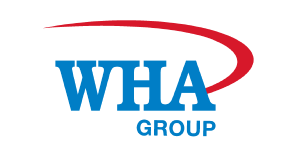GREEN BUILDING
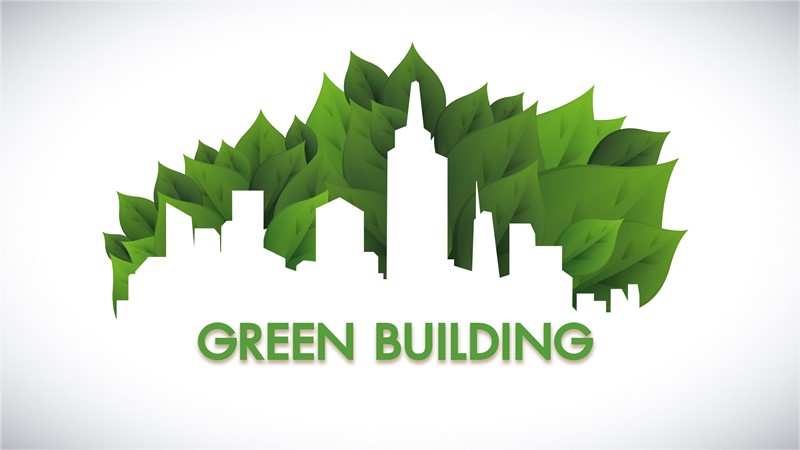
The procurement of construction materials is an important step in WHA Group’s project development process. Therefore, the company has implemented sustainable procurement practices to ensure that no products are sourced from protected areas. WHA Group also emphasizes the selection of suppliers who can align with the concept of “Green Building,” as envisioned by the company in its construction projects. Furthermore, WHA Group supports the use of environmentally friendly materials and encourages contractors to choose materials that can be reused. This significantly helps in reducing construction waste. WHA Group prioritizes environmental care in accordance with its environmental quality policy, energy conservation, and biodiversity preservation. The company expects suppliers to adhere to these policies throughout the construction process, including regular project operations. The aim is to reduce resource consumption and implement environmentally friendly practices, as outlined in the supplier code of conduct, to minimize environmental impact.
Additionally, WHA Group promotes suppliers’ adherence to environmentally friendly practices. An example of this is the use of Plastic Column Formwork, a material that can be reused, reducing waste and debris from the construction process.
Furthermore, the design of buildings aligns with Leadership in Energy and Environmental Design (LEED) standards. The warehouse, constructed in alignment with LEED standards, has been executed as outlined below.
Optimize Energy Performance: which can reduce electricity approximately 12% to reduce environmental harms associated with excessive energy use
- Change Light weight concrete to thickness concrete in air-condition area.
- Change glass of window and door to Low-e glass for UV protection
- Install insulation above air-condition area
- Use 100% LED lighting and lighting control system.
- Prepare roof structural work and system for installing solar roof panels
Heat Island Reduction: Utilize efficient thermal insulation materials to ensure that occupants of the building can reside in optimal comfort
- Change metal sheet roof and canopy from Aluzinc to Colorbond
- Change paving block to be high reflective
Indoor Water Use Reduction: To reduce indoor water consumption by 50%.
- Change sanitary fixture to water efficient plumbing fixtures.
Water Metering: To support water management and identify opportunities for water savings by tracking water consumption.
- Install two water submeters for toilet group and outdoor water use
Enhanced Commissioning: To support the design and operation of the project that meet owner's requirement.
- Installed energy sub-meters and create monitoring-based report
Advanced Energy Metering: To support energy management and identify opportunities for energy savings by tracking energy consumption.
- Install advanced energy metering for individual loads and provide data monitoring and collection system
Storage and Collection of Recycles: To reduce the waste that is generated by building occupants and hauled to and disposed of in landfills
- Provide waste separation area
Minimum Indoor Air Quality Performance: To provide fresh air for all occupied space
- Increase louver height
Environmental Tobacco Smoke Control: To prevent or minimize exposure of building occupants, and ventilation air distribution systems to environmental tobacco smoke
- Provide smoking area
Enhanced Indoor Air Quality Strategies: To promote occupants’ comfort, well-being, and productivity by improving indoor air quality.
- Install walk-off mats for all entrances: To collect fine dirt and dust
- Install MERV13 filter for fresh air intake: To capture particles
- Add janitor room w/exhaust, automatic closed door: To separate chemical area away from occupied space
Low-Emitting Materials: To reduce concentrations of chemical contaminants and the environment, and to protect the health, productivity, and comfort of installers and building occupants.
- Change exterior and interior paints to Low VOC paints
Daylight: To connect building occupants with the outdoors, and reduce the use of electrical lighting by introducing daylight into the space
- Increase more sky light
Environmental Product Declaration
- Our products/materials are certified with Environmental Product Declarations (EPDs) in accordance with international standards, including ISO 14025, ISO 14040 and ISO 14044. The declarations are based on publicly available, independently reviewed Life-Cycle Assessment (LCA) data, ensuring transparency and demonstrating our commitment to environmental sustainability.
